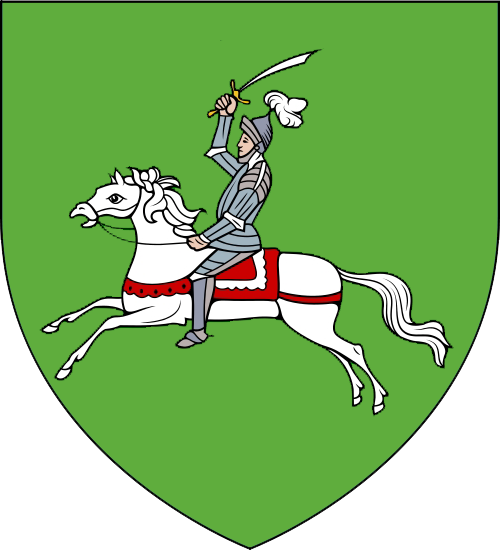|
Fermanagh
Historically, Fermanagh ( ga, Fir Manach), as opposed to the modern County Fermanagh, was a kingdom of Gaelic Ireland, associated geographically with present-day County Fermanagh. ''Fir Manach'' originally referred to a distinct kin group of alleged Laigin origins. The kingdom of Fermanagh was formed in the 10th century, out of the larger kingdom of Uí Chremthainn, which was part of the overkingdom of Airgíalla.MacCotter, Paul. ''Medieval Ireland: territorial, political and economic divisions''. Four Courts Press, 2008, p.243 By the late 11th century it had grown to cover all of what is now County Fermanagh. The kingdom came to be ruled by the Mag Uidhir (Maguire) clan from the late 13th century onward. They were based at Lisnaskea, and their royal inauguration site was nearby Sgiath Gabhra (Skeagoura), now called Cornashee. Under Hugh Maguire, Fermanagh was involved in the Nine Years' War against English rule. His successor, Cú Chonnacht Óg Mag Uidhir, was one of the Gaeli ... [...More Info...] [...Related Items...] OR: [Wikipedia] [Google] [Baidu] |
County Fermanagh
County Fermanagh ( ; ) is one of the thirty-two counties of Ireland, one of the nine counties of Ulster and one of the six counties of Northern Ireland. The county covers an area of 1,691 km2 (653 sq mi) and has a population of 61,805 as of 2011. Enniskillen is the county town and largest in both size and population. Fermanagh is one of four counties of Northern Ireland to have a majority of its population from a Catholic background, according to the 2011 census. Geography Fermanagh is situated in the southwest corner of Northern Ireland. It spans an area of 1,851 km2 (715 sq; mi), accounting for 13.2% of the landmass of Northern Ireland. Nearly a third of the county is covered by lakes and waterways, including Upper and Lower Lough Erne and the River Erne. Forests cover 14% of the landmass (42,000 hectares). It is the only county in Northern Ireland that does not border Lough Neagh. The county has three prominent upland areas: * the expansive We ... [...More Info...] [...Related Items...] OR: [Wikipedia] [Google] [Baidu] |
Mag Uidhir
The MacGuire ( ) family is an Irish clan based in County Fermanagh. The name derives from the Gaelic , which is "son of Odhar" meaning "dun", "dark one". According to legend, this relates to the eleventh descendant of Colla da Chrich, great-grandson of Cormac mac Airt, who was monarch of Ireland about the middle of the third century. From the 13th to the 17th centuries, the MacGuires were kings of Fermanagh. Naming conventions The surname has been anglicized variously as McGuire, McGwire, McGwyre and most commonly, Maguire (from variant Irish spelling ''Mag Uidhir''). History The MacGuire sept is primarily associated with modern-day County Fermanagh. They possessed the entire county, also known as Maguire's Country, from about 1250 C.E. and maintained their independence as Lords of Fermanagh down to the reign of King James VI & I, when their country was confiscated like other parts of Ulster. The MacGuires supplied Chiefs or Princes to Fermanagh, from about A.D. 1264, when the ... [...More Info...] [...Related Items...] OR: [Wikipedia] [Google] [Baidu] |
Lisnaskea
Lisnaskea () is the second-biggest settlement in County Fermanagh, Northern Ireland. It is situated mainly in the townland of Lisoneill, with some areas in the townland of Castle Balfour Demesne, both in the civil parish of Aghalurcher and the historic barony of Magherastephana. It had a population of 2,956 people at the 2011 Census. The nearby monument of ''Sciath Ghabhra'' is where the Maguires were crowned as kings and chiefs of Fermanagh. The town developed after the Plantation of Ulster and is built around the long main street. At the middle, the old market place, formerly known as The Diamond, contains a high cross (grid ref:H364340) from an early monastery. 19th century buildings include the former market house, corn market and butter market. The Castle Park Leisure Centre is situated just off the main street. History The name Lisnaskea comes from ''Lios na Scéithe'' meaning "fort of the shield". North of the village, in the townland of Cornashee, is a large burial mo ... [...More Info...] [...Related Items...] OR: [Wikipedia] [Google] [Baidu] |

